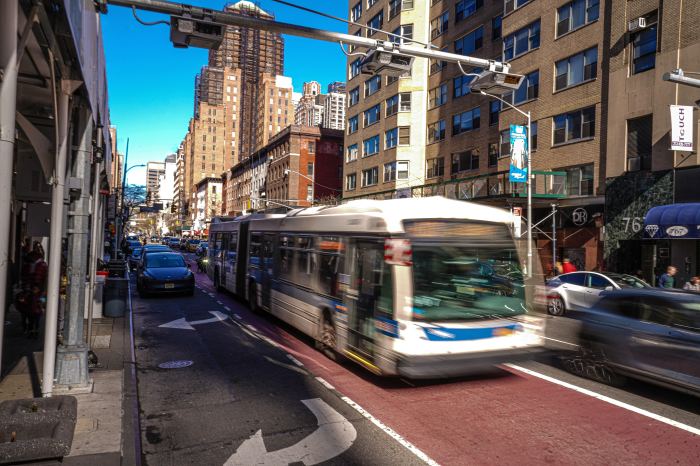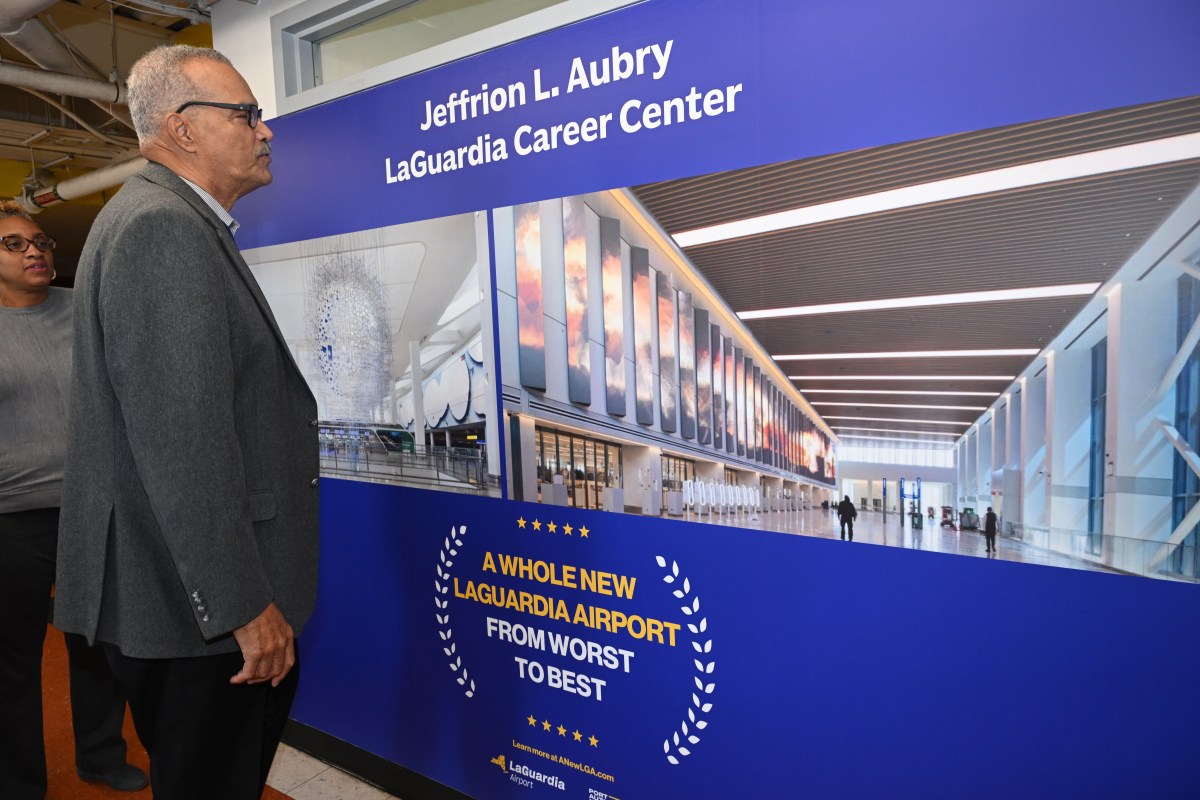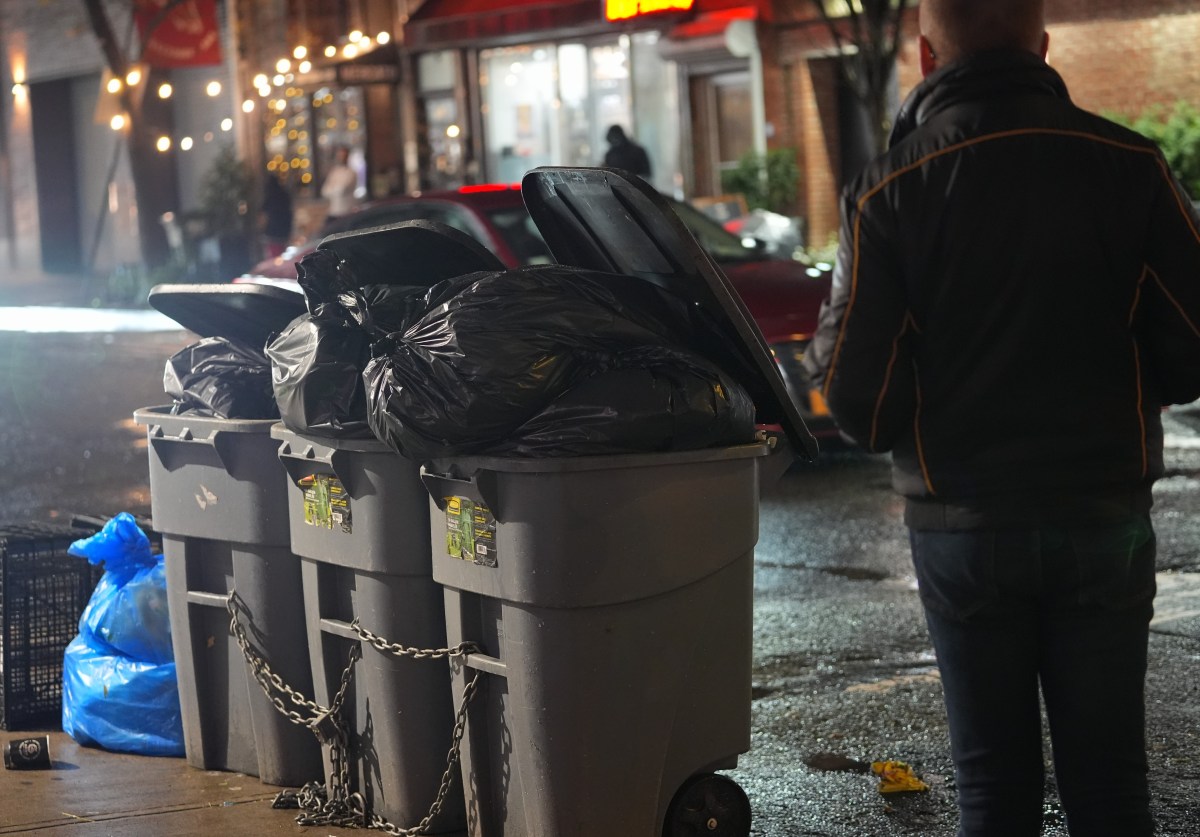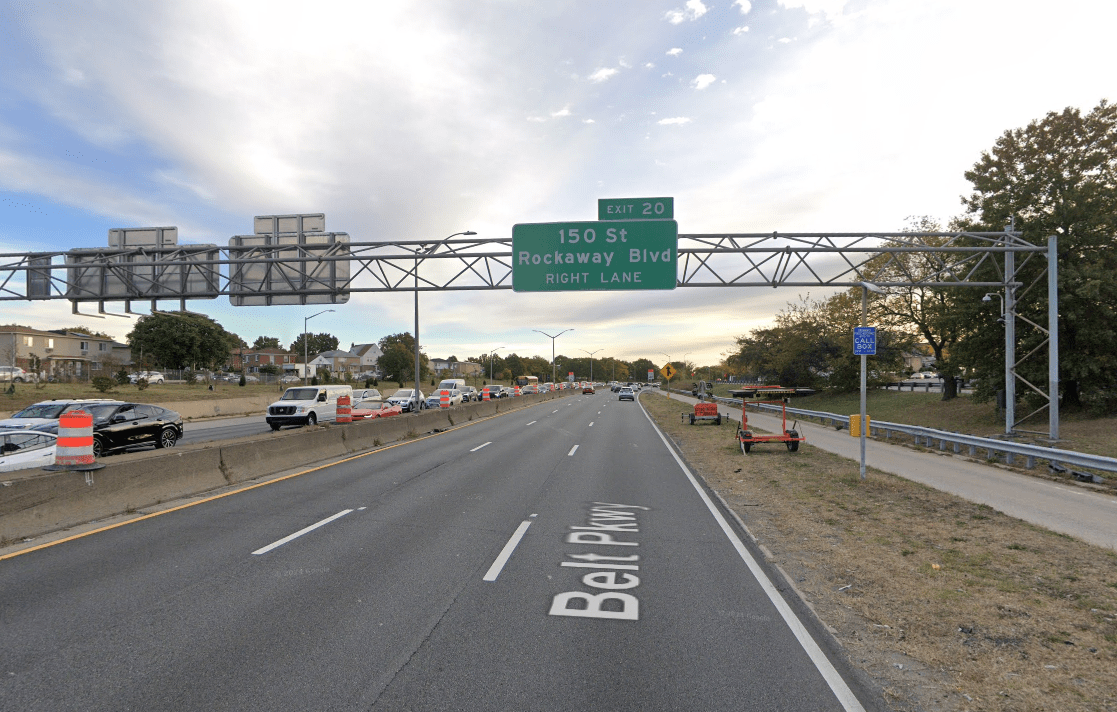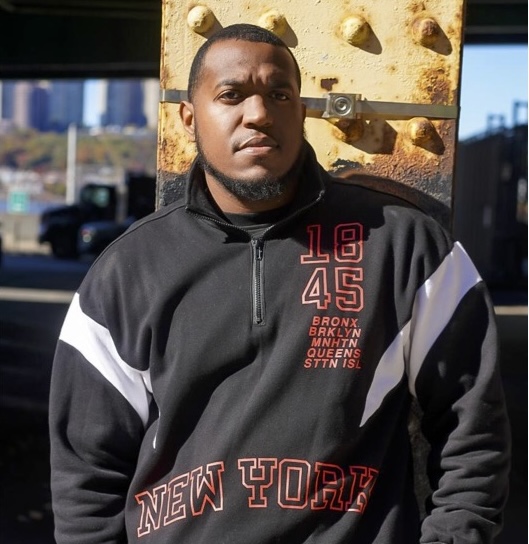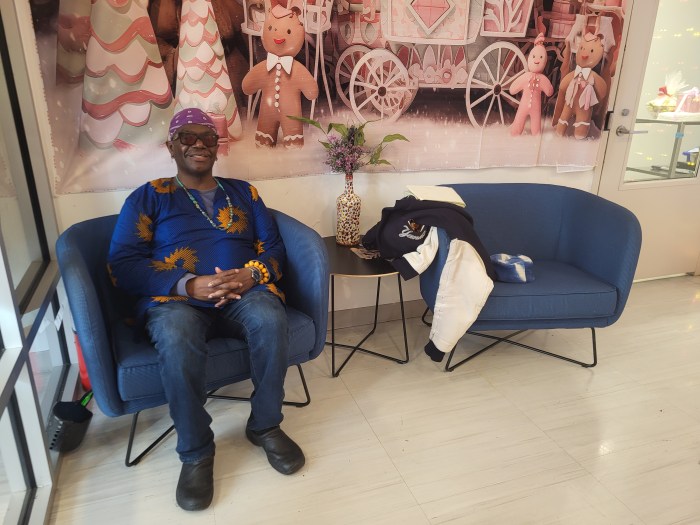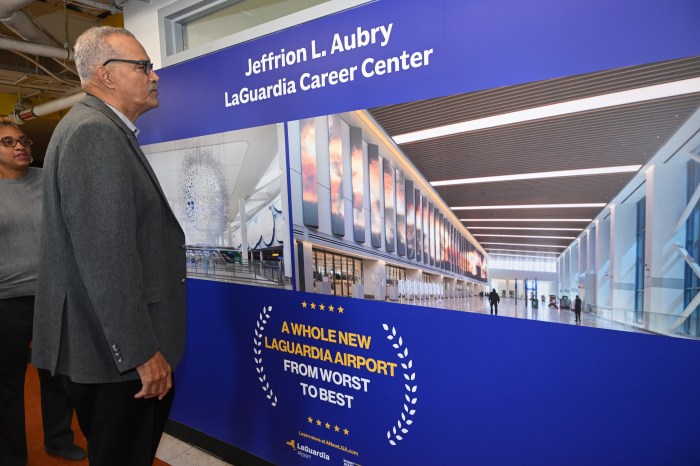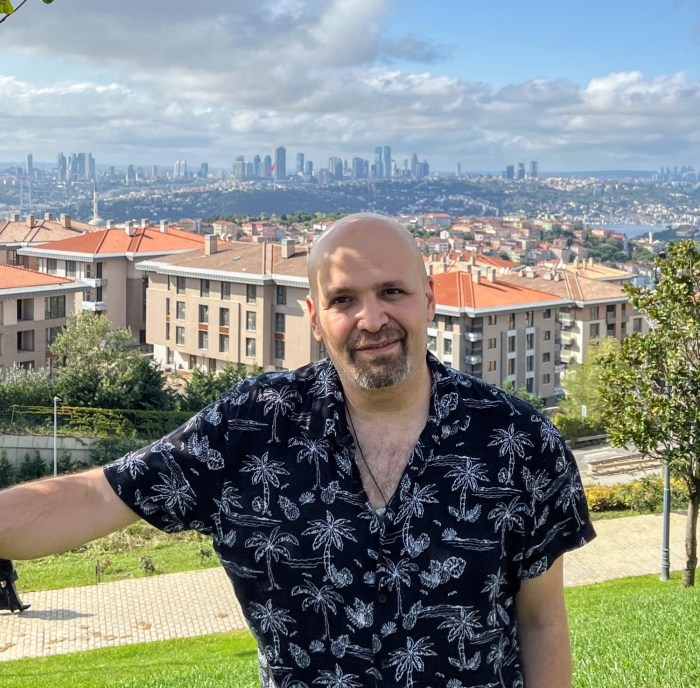
The MTA’s new head of subways and buses promised to shake things up at the beleaguered transit agency as he began his first day on the job Tuesday.
Andy Byford, the MTA’s recently hired transit president, said he would give equal focus to four key pillars of his job — subway, bus, paratransit and employee morale — during a brief interview with reporters that touched on the agency’s ancient subway infrastructure; funding and cost reforms; 24-hour train service and the politics at play as subway delays soar and bus ridership plummets.
“I’ve certainly not come here to hold the fort or to maintain the status quo. My job is to drive up the level of service and thereby customer satisfaction for all New Yorkers,” Byford told reporters awaiting him outside MTA headquarters at the Bowling Green subway station.
The former CEO of the Toronto Transit Commission, who has never owned a car, rode into work just after 7 a.m. on a downtown 4 train from Grand Central. He said he plans to rely on subways and buses to get to work each day. He had prepared for a “packed” first day of meetings with his new colleagues and higher ups, including his boss Veronique Hakim, the MTA’s managing director, and Phil Eng, the agency’s COO.
Byford, a UK native who began his transit career as a station foreman in the London Underground, said his first priority on the subways is to “maximize the capability” of the MTA’s current signal system, which relies on technology dating back nearly a century, and improve maintenance of the MTA’s fleet of trains.
“The short term is getting the existing system to work reliably,” Byford said. “Doors typically are the Achilles’ heel of trains — particularly aging trains. You’ve got to maintain your doors, you’ve got to maintain your signal equipment.”
Upgrading the MTA’s signals will allow the agency to add more trains to lines throughout the day because trains could run tighter together. The MTA in the past has estimated that such an endeavor would cost tens of billions of dollars and take nearly a half-century. Round-the-clock service — in some form — might have to be sacrificed, Byford said.
“You cannot upgrade signals effectively … unless you give crews access to the track and that does mean that we will have to find a way of doing that,” Byford said. “I do appreciate that this is a 24/7 city. New Yorkers rightfully hold the (24-hour) subway dear to their hearts. But equally, they expect me to provide more reliable service. If we’re to do that, there is no gain without some pain.”
While Byford said there will need to be a larger investment in the MTA to turn around service, he also admitted that costs are unusually high. Building out the first leg of the second Avenue subway was the most expensive subway project on Earth at $4.5 billion.
“We should be looking to be as efficient as possible in everything that we do so that we can maximize scarce tax dollars,” Byford said.
The MTA, which is effectively controlled by Gov. Andrew M. Cuomo, has experienced a roughly 200 percent increase in subway delays since 2012. While ridership on the rails has begun to plateau and drop, bus ridership has declined much faster, dropping 100 million passenger trips over the past eight years. Meanwhile, Cuomo has tried to pass some responsibility of the subways to the city and Mayor Bill de Blasio. Both the mayor and the governor have agreed that the MTA needs more funding, though each has their own dueling proposals.
Byford said that he hopes he’s “allowed the time and the space to do what I need to do.” Over the past 10 years, Transit presidents have typically stayed on the job for a little over two years, on average.
“At the end of the day the MTA is a state-run authority,” Byford said. “So it’s the governor’s prerogative to have a view. I think it would be perverse if the governor wasn’t interested in transit or in the subway because, at the end of the day, he’s an elected official and I think all elected officials should be concerned about making sure this city’s transit system runs effectively.”
As Byford trekked downtown, trains were still running smoothly in the early hours of the morning rush. He used a word to describe his commute that not many New Yorkers would associate with the subway: “flawless.”
But, just about an hour after he entered MTA headquarters, the MTA reported delays or service changes on B, D, 2, 3, 6 and 7 trains and the morning commute looked more familiar.






